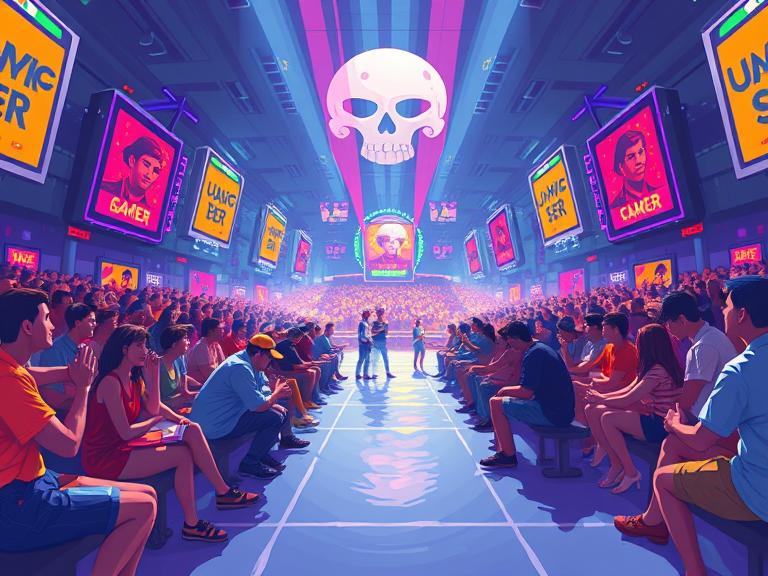User-generated content (UGC) has transformed from a niche feature to a long-term engagement engine. Games that support modding, level editors, or custom content creation often enjoy extended lifespans, vibrant communities, and player-driven innovation.
Minecraft and Roblox are the most visible examples of platforms built entirely around UGC. Players don’t just engage—they create. Mods, custom servers, mini-games, and roleplay communities continuously refresh the experience far beyond what developers alone could deliver.
Even in games like Skyrim, the modding scene has added thousands of hours of content—from bug fixes and new quests to total conversions. Modding extends the game’s life not just by adding quantity, but by letting the community shape the direction and quality of the experience.
Titles like Dreams, LittleBigPlanet, or Trackmania give players full creative control. These games are ecosystems where players act as designers, storytellers, and curators. The most successful creations often become more popular than parts of the official game.
UGC thrives when:
- Tools are intuitive but powerful
- Sharing systems are integrated and visible
- The platform supports visibility and community discovery
- Developers offer support or feature top creators
User-generated content turns players into collaborators. It builds loyalty, keeps a game relevant, and creates viral potential. While development teams are finite, community creativity is endless. Supporting UGC isn’t just a feature—it’s a future.

Leave a Reply